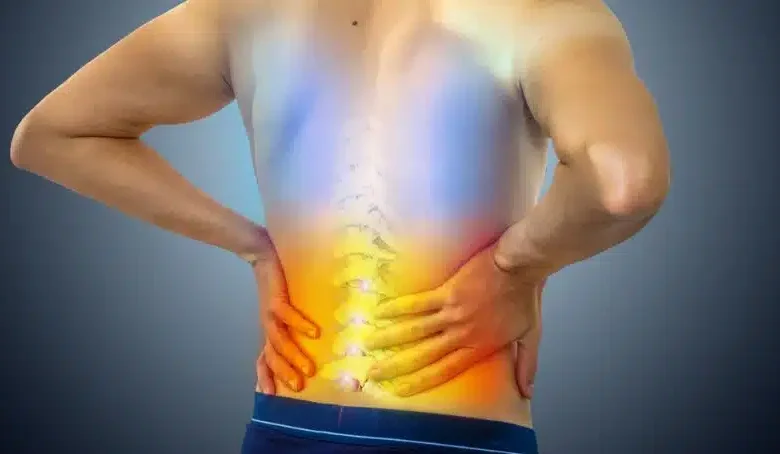Types of Nerve Stimulators for Chronic Pain: Which One is Right for You?

Chronic pain can make daily life difficult, but there’s hope with different types of nerve stimulators. These devices send gentle pulses to help block pain signals and bring relief. From spinal cord stimulators to TENS units, each option works uniquely.
Discover the popular types of nerve stimulators and find out which one might be right for you. Read on.
Spinal Cord Stimulators
Spinal cord stimulators are a popular choice for managing back pain. These devices send small electrical signals to the spinal cord, blocking pain messages before they reach the brain. This form of pain management may provide relief for people with chronic back or leg pain.
The Advanced Pain Institute of Texas offers treatments that include spinal cord stimulators. A remote control allows users to adjust the intensity of the stimulation. This gives people more control over their pain management, helping them find the level of comfort they need.
Peripheral Nerve Stimulators
Peripheral nerve stimulators target specific nerves near the area of pain. Unlike spinal cord stimulators, which affect a broader area, peripheral stimulators focus on particular nerves. These pain relief stimulators are commonly used for conditions like migraines, shoulder pain, or knee pain.
The stimulator device is often implanted near the affected nerve, delivering mild pulses to ease pain. It’s an advanced pain management tool for people who have tried other treatments without success. Peripheral nerve stimulators provide targeted relief without affecting other areas.
Sacral Nerve Stimulators
Sacral nerve stimulators are designed to help people with pelvic pain or bladder issues. They work by sending electrical signals to the sacral nerves, which are located near the lower back. This type of neurostimulation device can help improve both pain and bladder function.
People with conditions like overactive bladder or pelvic pain may find relief with sacral nerve stimulators. These devices are usually implanted under the skin, allowing for easy access and adjustment. The stimulation can provide much-needed relief, helping people regain control over their lives.
Transcutaneous Electrical Nerve Stimulators (TENS)
TENS units are small, non-invasive devices that can be used at home. They send electrical pulses through pads placed on the skin, targeting sore muscles and nerve endings. This type of nerve stimulator is popular for its convenience and ease of use.
TENS therapy can be adjusted to different levels to meet each person’s needs. It’s commonly used for muscle pain, arthritis, and other types of chronic discomfort. For many, TENS units are a simple and effective way to find relief without surgery.
Deep Brain Stimulators
Deep brain stimulators are usually used for severe pain conditions that haven’t responded to other treatments. This device is implanted in the brain and sends electrical signals to specific areas. Although it’s a more complex option, it can offer hope for people with intense pain.
Deep brain stimulation is often recommended for conditions like chronic migraines or cluster headaches. This advanced option may be right for those seeking a powerful solution for long-term pain.
The Path to Comfort: Understanding Types of Nerve Stimulators
There are many types of nerve stimulators that can help reduce chronic pain. Each option works differently, so choosing the right one is important. Talk to your doctor to explore what will work best for you. Nerve stimulators, from spinal cord stimulators to TENS units, can improve your quality of life.
Finding relief may be possible with these advanced options. Take the first step toward better pain management by learning more about these types of nerve stimulators.
Did you find this article helpful? Visit more of our blogs.


